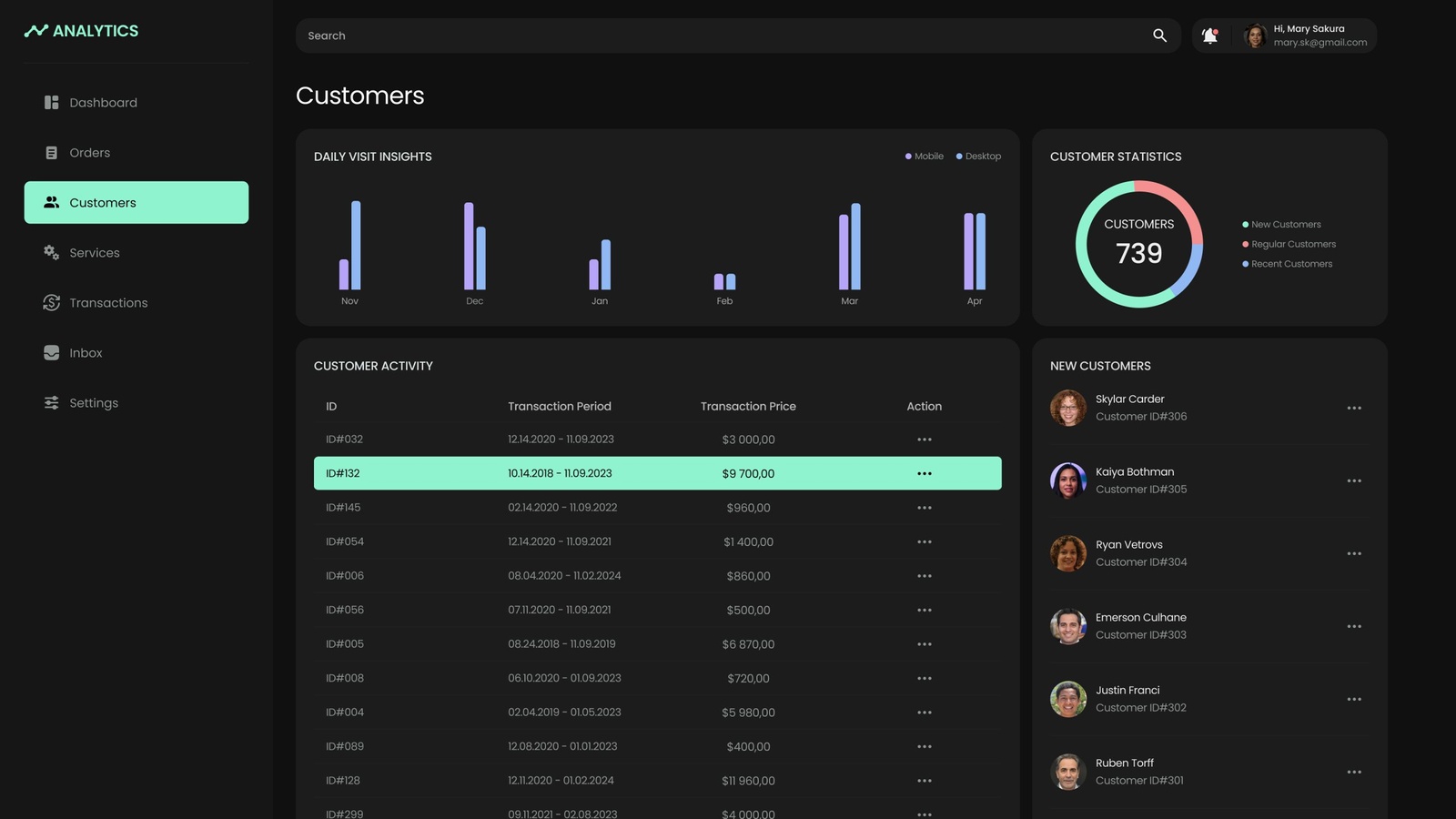
AI-based behavior analysis & sales forecast for retail
A retail giant with 3 million customers sought to leverage their user data for sales forecasting. We used AI to analyze customer behavior and store insights, delivering actionable sales forecasts.
USA
Retail
Since 2023

Highlights in figures
| 7% | visitors-to-buyers conversion rate increase |
| 15% | volume of data collected increase |
| 35% | monthly infrastructure costs decrease |
Challenge
Tools & technologies
MS SQL
Pandas
NumPy
Project scope
Data collection & analysis module
- Developed a centralized AI platform to collect and analyze data in near-real-time.
- Processed clickstream data, mobile data, server events, and email engagement metrics.
AI-powered personalization
- Implemented a recommendation engine using collaborative filtering for personalized user experiences.
- Utilized alternating least squares (ALS) algorithm for scalable predictive modeling.
Computer vision integration
- Applied computer vision for automated product attribute detection and image similarity search.
- Leveraged ResNet-50 CNN for multi-attribute image classification.




